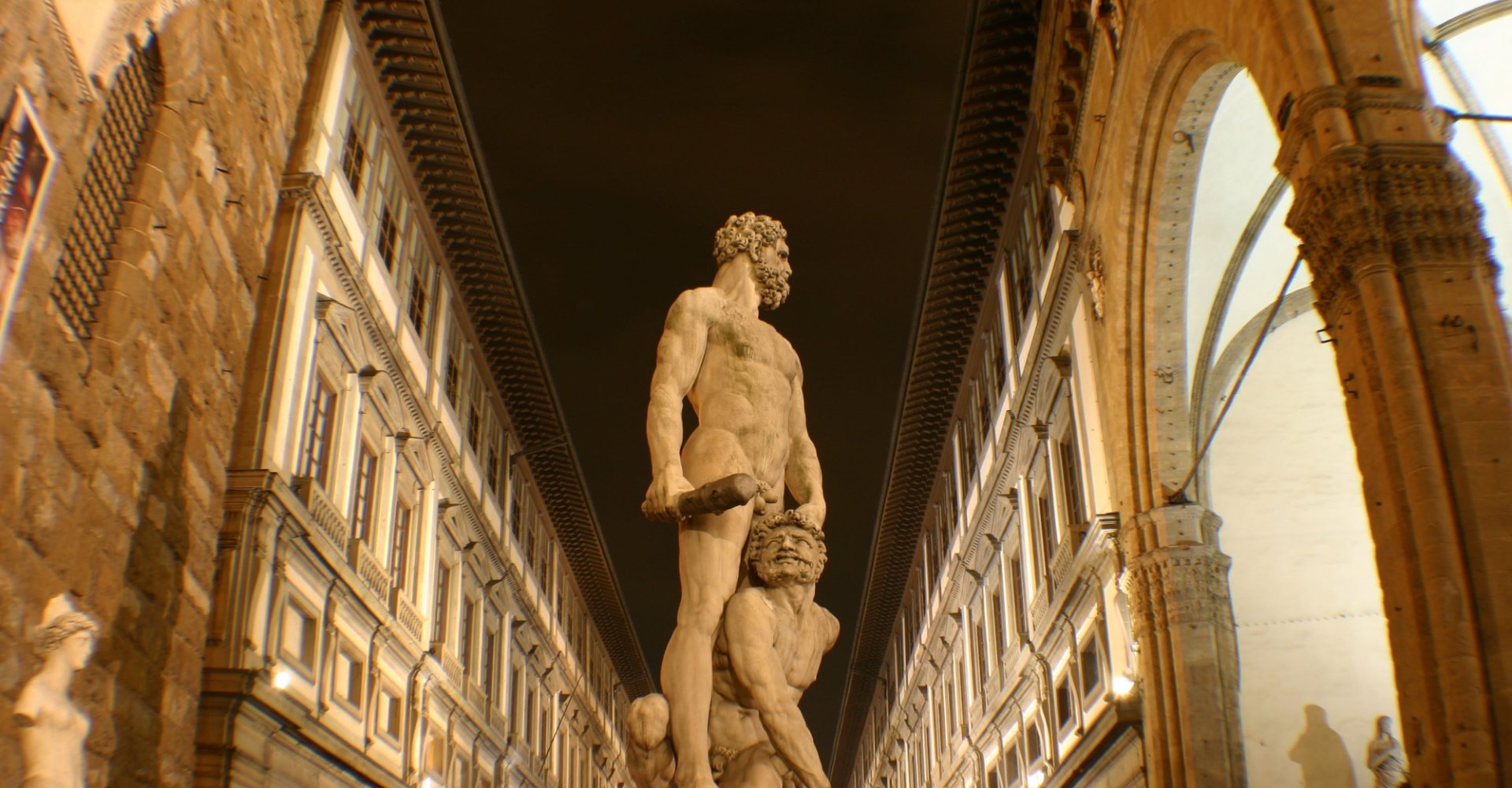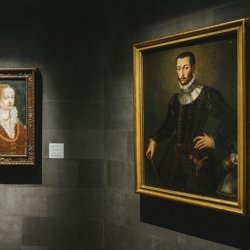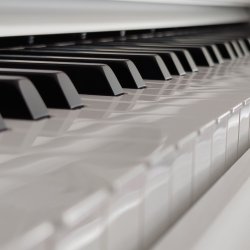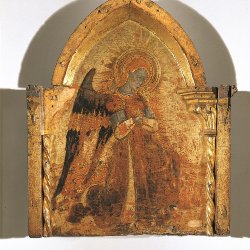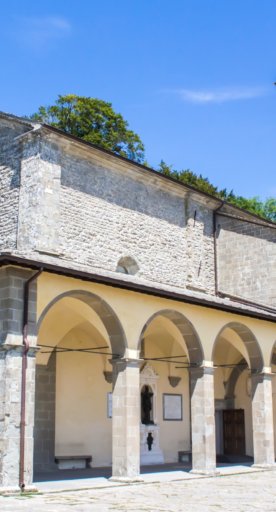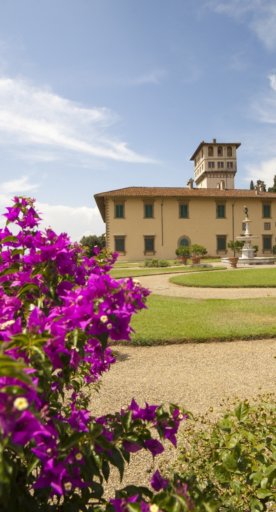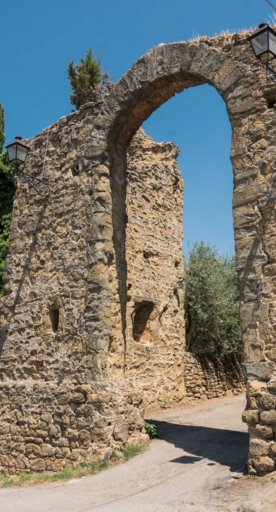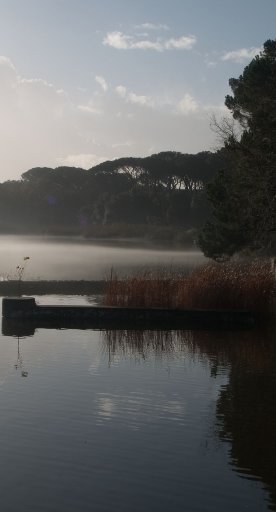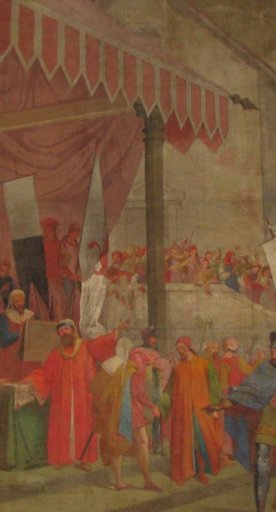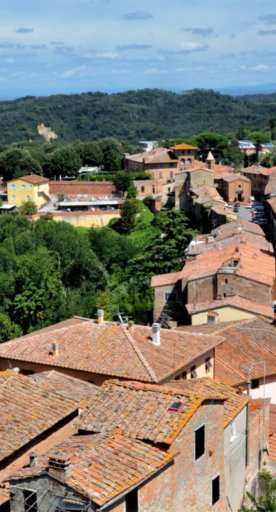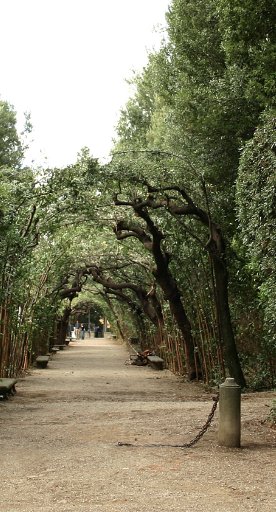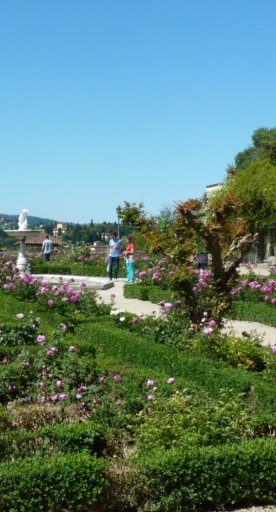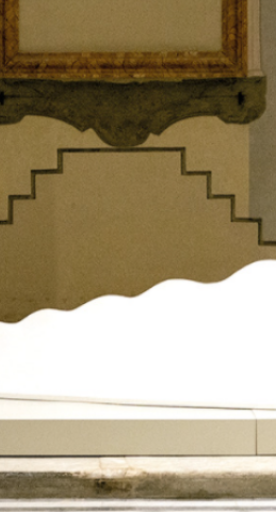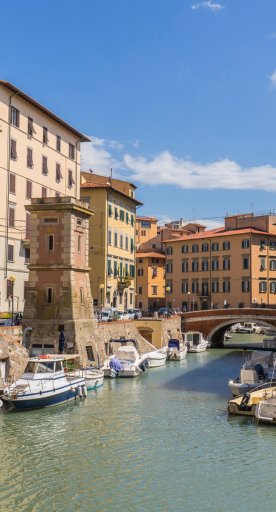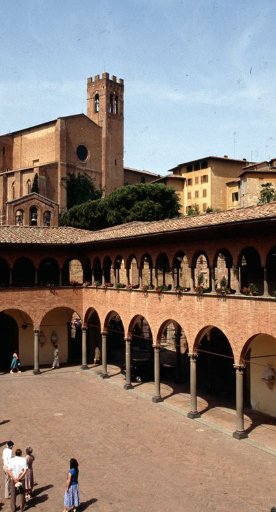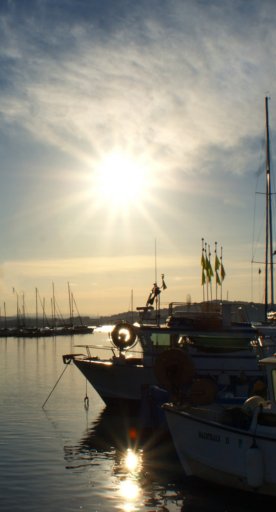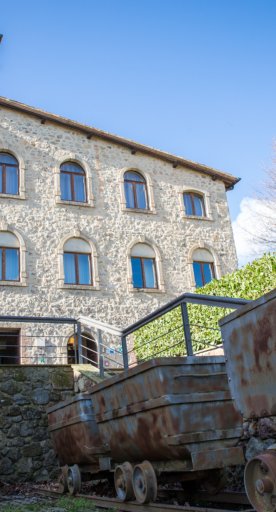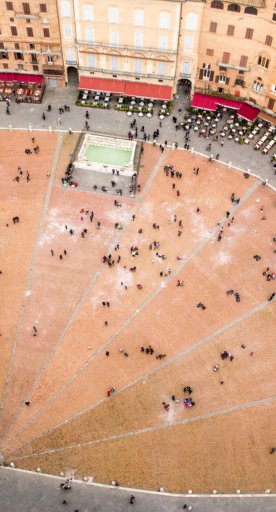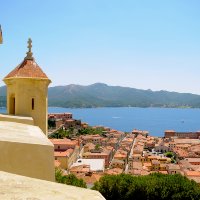Food in art at the Uffizi
Food plays an important visual and symbolic role in the paintings of the Florentine museum
A new way to approach the art in the Uffizi is through food and its representation in many of the well-known works.
To look for food in art, there are various motifs that never fail to offer an example of something edible: the Temptation of Adam and Eve, where at least an apple is guaranteed, the Last Supper, with its usual presence of bread and wine, and marriage scenes including the Marriage at Cana or peasant weddings found in the likes of Breughel. In sixteenth century Northern Europe there were many still lifes and genre paintings produced that provided a satisfying display of food. Food is used symbolically in some 15th century Italian art but it’s more common to find it in the following century as a realistic accessory to an interior or at times religious scene.
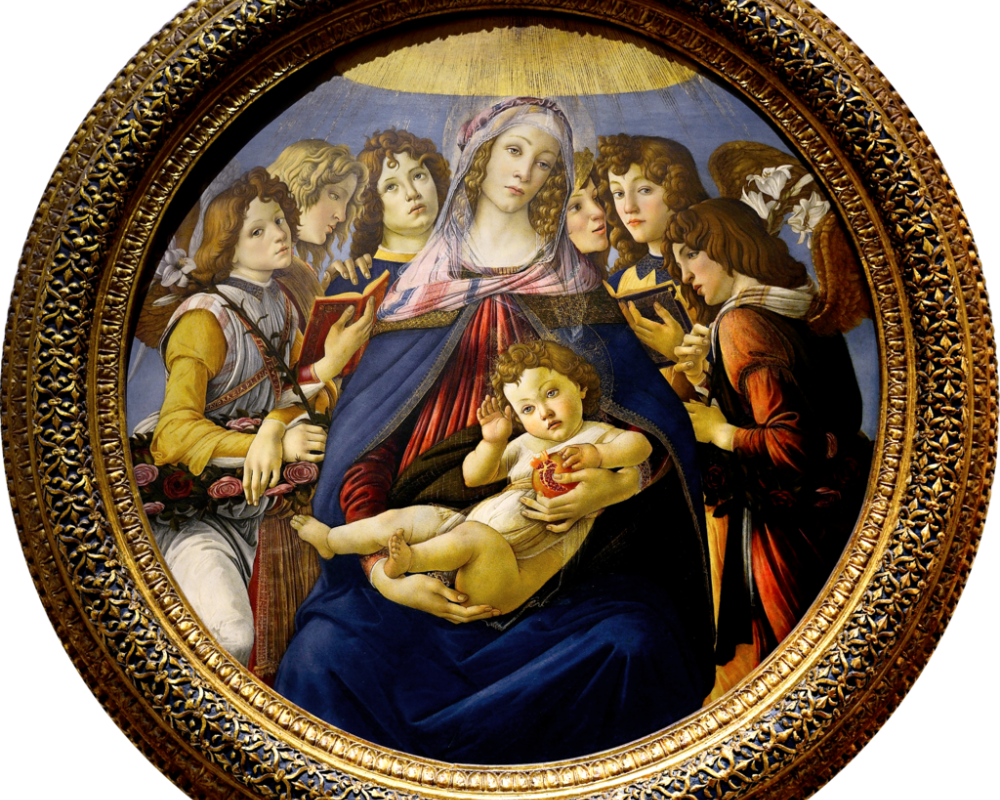
A few interesting fruits can be seen cropping up in the paintings of the Botticelli room. The most obvious one being the multi-seeded red pomegranate that Christ holds in Botticelli’s Madonna of the Pomegranate; in this case, the fruit serves a symbolic function - when broken or bursting open it's a symbol of the fullness of Jesus' suffering and resurrection. For this reason the pomegranate is often depicted in the hands of baby Jesus. There's also a pomegranate in the other large tondo (round painting) in the room, the Madonna of the Magnificat, a painting named after the words that appear on the page of a book to which Christ points.
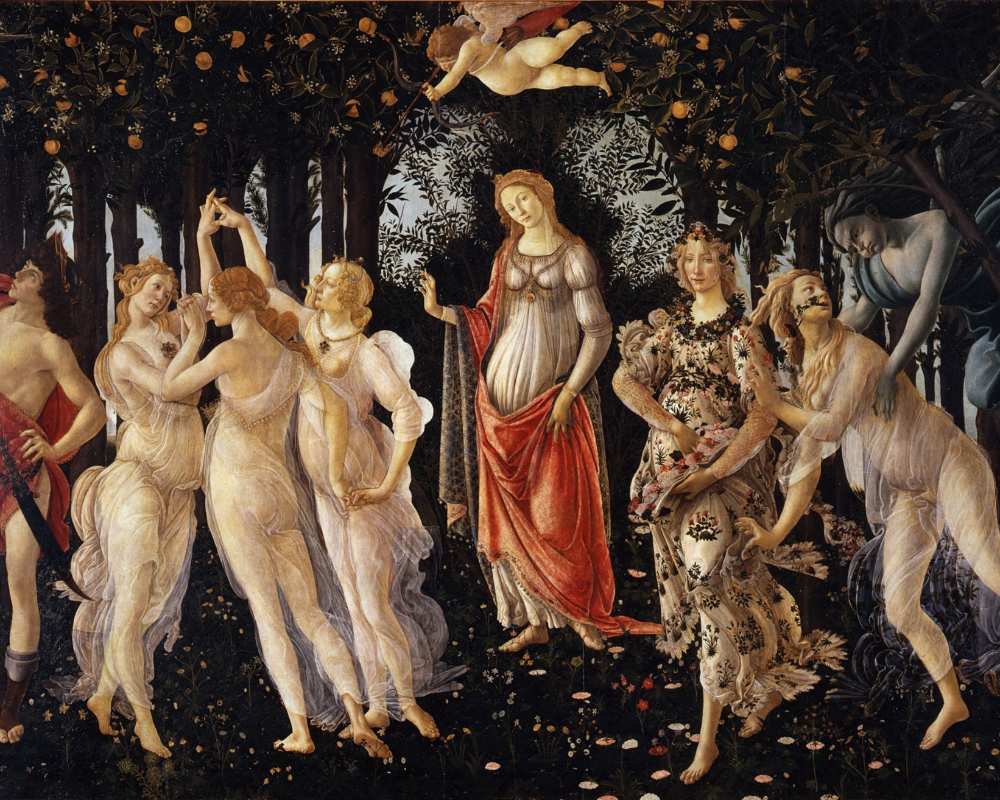
The mala medica is the tree that can be seen in the back of Botticelli’s Primavera that has white flowers and orange fruits growing on it at the same time. The very same type of tree can be found in other works in the same room, including the Madonna Enthroned with Saints by Domenico Ghirlandaio of 1484, in which the fruit is large and significant.
There's some confusion as to what the mala medica really is; the word “mala” is similar to mela, apple in Italian, but in these paintings it's depicted as an orange and is definitely part of the citrus family. In any case, the mala medica, also known as mala aurantia (melarancia in Italian), supposedly has therapeutic properties for the digestive system. The Medici family of Florence adopted it as part of their iconography. When something looks like oranges in art of this period, it's safe to assume that the piece was a Medici commission.
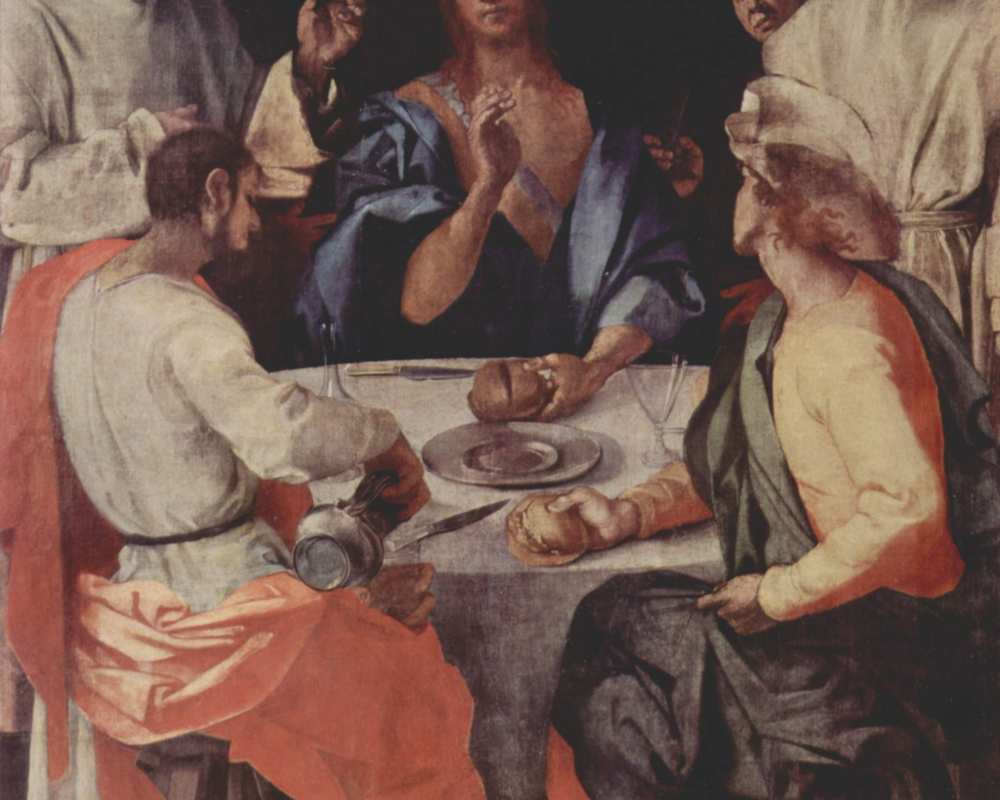
A loaf of bread is present in Pontormo’s Supper at Emmaus of 1525, a work painted for the guesthouse of the Carthusian Certosa di Galluzzo near Florence. This painting is naturalistic with strange colorization and mystic elements typical of Mannerism. It includes some tableware that tells us about what people used at the table in the sixteenth century: there's a pewter jug and plate, two kinds of glasses (wine glasses and tumblers), and a glass decanter.
Lucas Cranach’s Adam and Eve is bordered with fruit.
Usually sixteenth-century Venetian art yields some depictions of food. Witchcraft or Allegory of Hercules by Dosso Dossi from 1540 is a strange metaphorical painting whose occupants share the space with broad beans, a chunk of aged cheese displayed the wrong way up, cherries, and a plate with apples and pears.
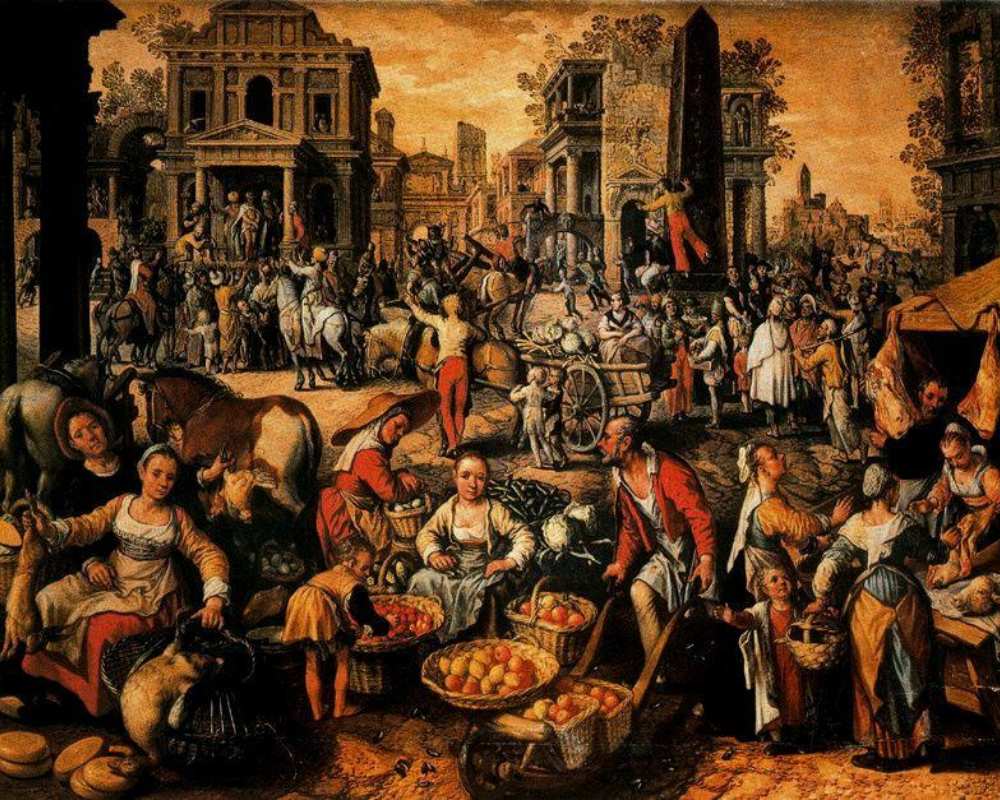
In Joachim Beuckelaer's Pilate shows Jesus to the people there is a mid-sixteenth-century market scene with a good assortment of bread, hare, chicken, goose, large cherries, peas, lemons, apples, various cuts of meat including lamb, and mussels being tossed on the ground by a small child.
Peeled lemons, red grapes, oranges, walnuts, two oysters and a glass of white wine are painted in a still-life by Abraham Mignon of Frankfurt.
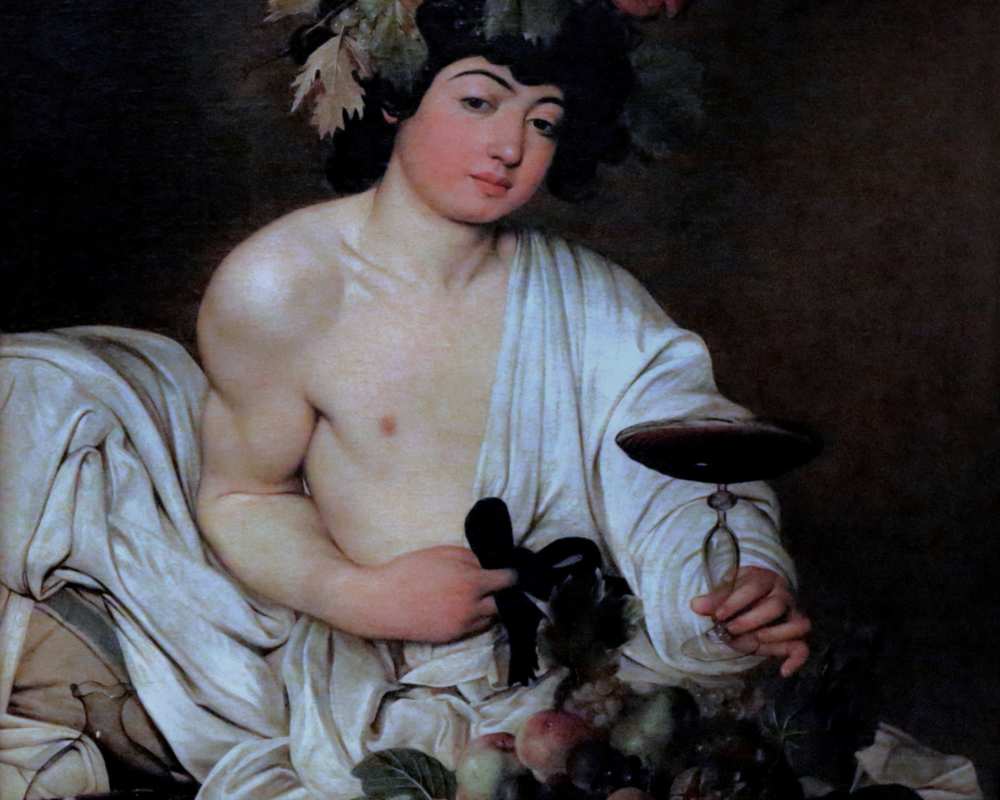
In Caravaggio’s Bacchus, from 1596, there's wine, vines and grapes in the painting, but a lot of scholarly attention has also been given to the mostly rotten fruit in the bowl in the foreground. According to Horticulturist Jules Janick, the fruits include “black, red, and white clusters of grapes; a bursting pomegranate; figs; a large green pear; three apples - one greenish and one red with a codling moth (Carpocapsa pomonella) entrance hole, a small, golden russet crab with two areas of rot, likely a form of Botrysphaeria; and a half-rotten quince.”
By this period in art history, artists had long used fruit to display their skills and symbolise eroticism, for example peaches were representative of buttocks. The rotting fruit here is likely a reference to the transience of life and perhaps to beauty and youth; the young Bacchus himself being part of this metaphor of short-lasting ripeness.
